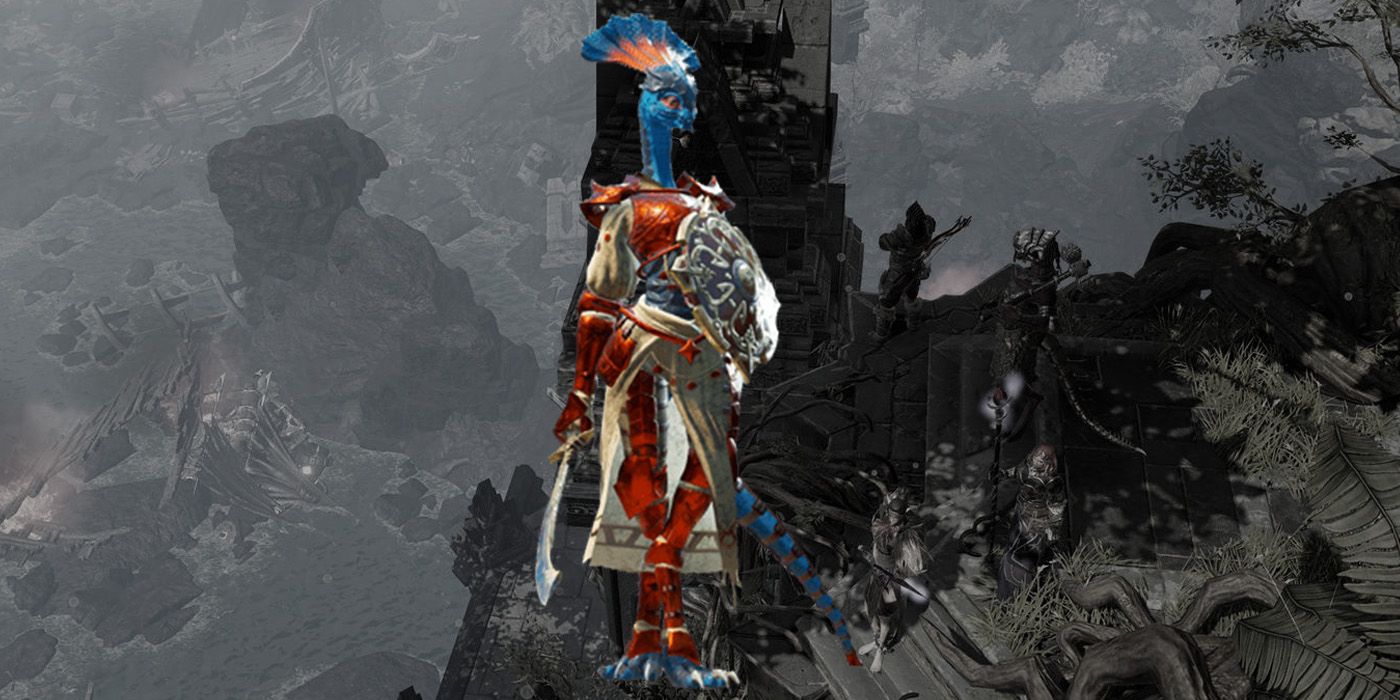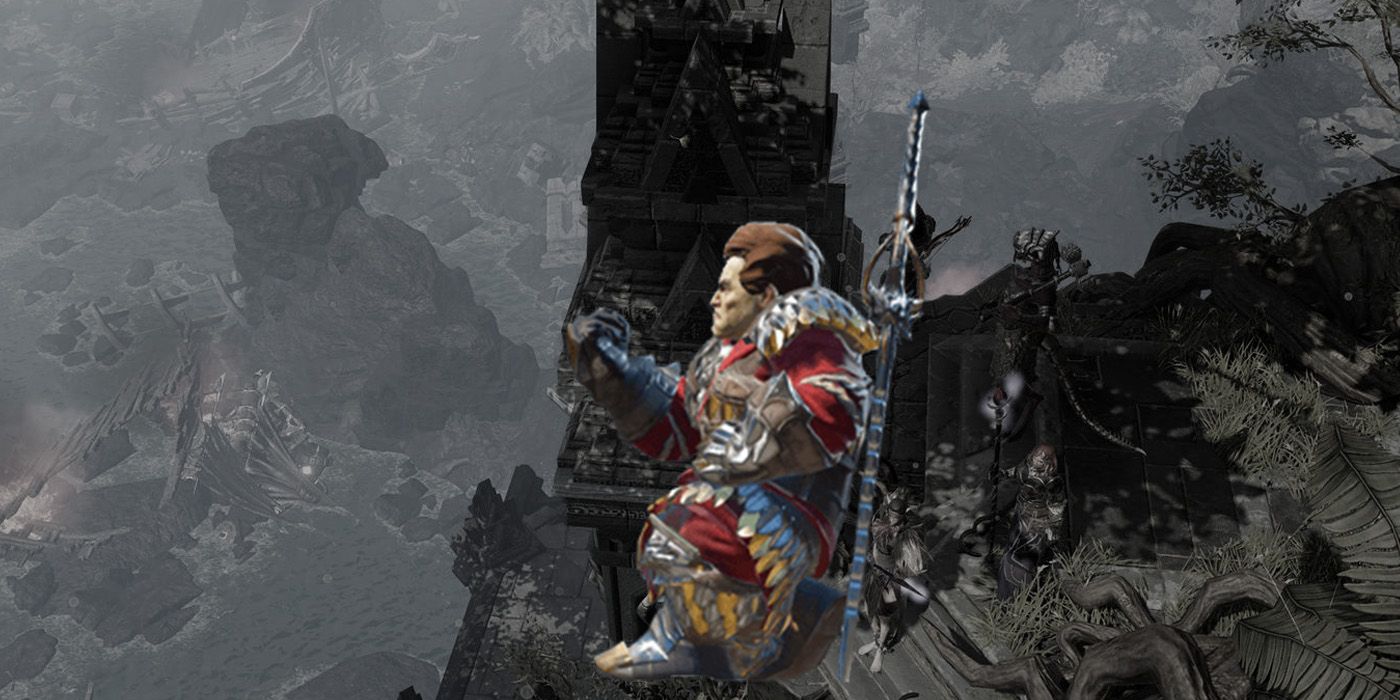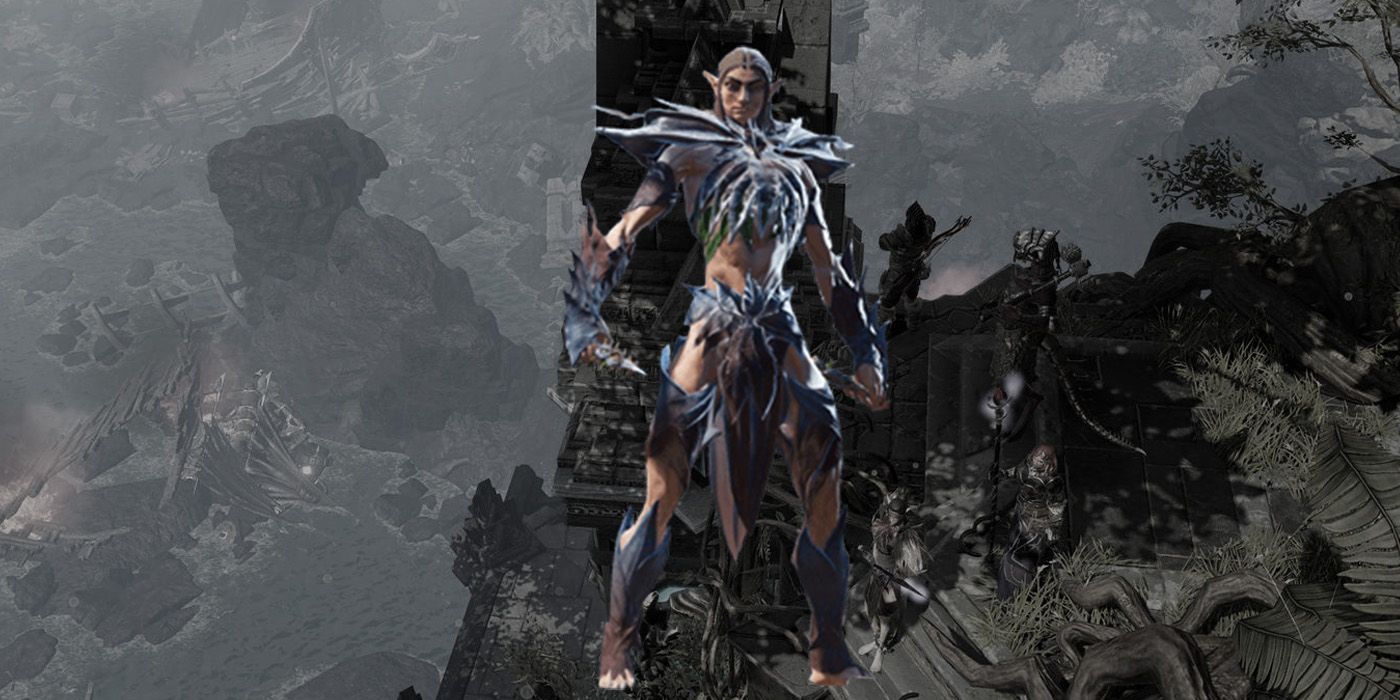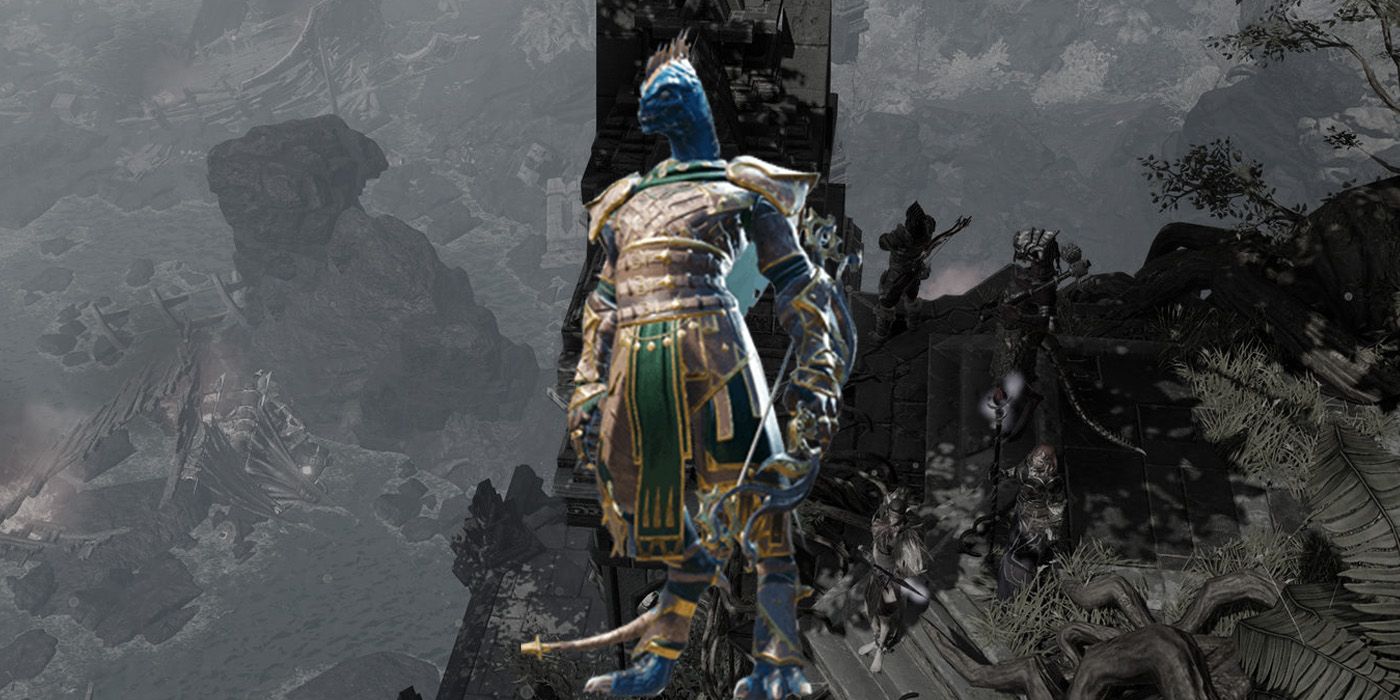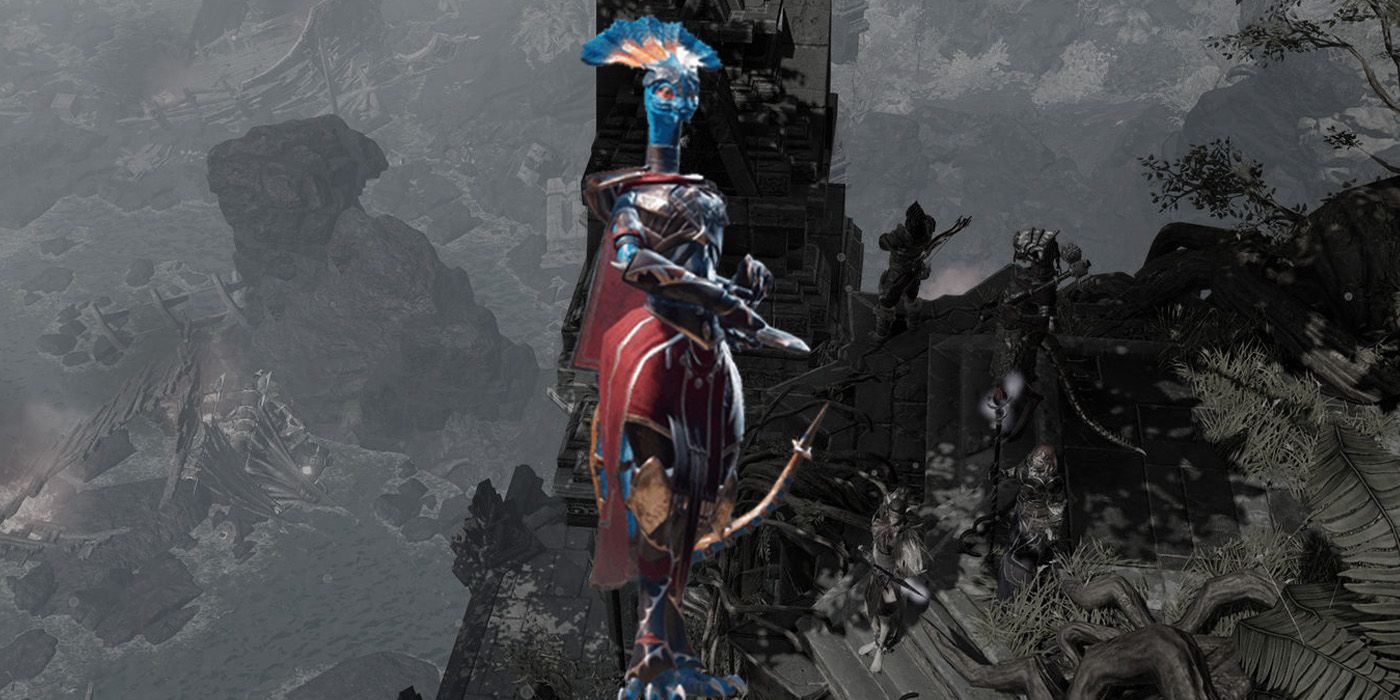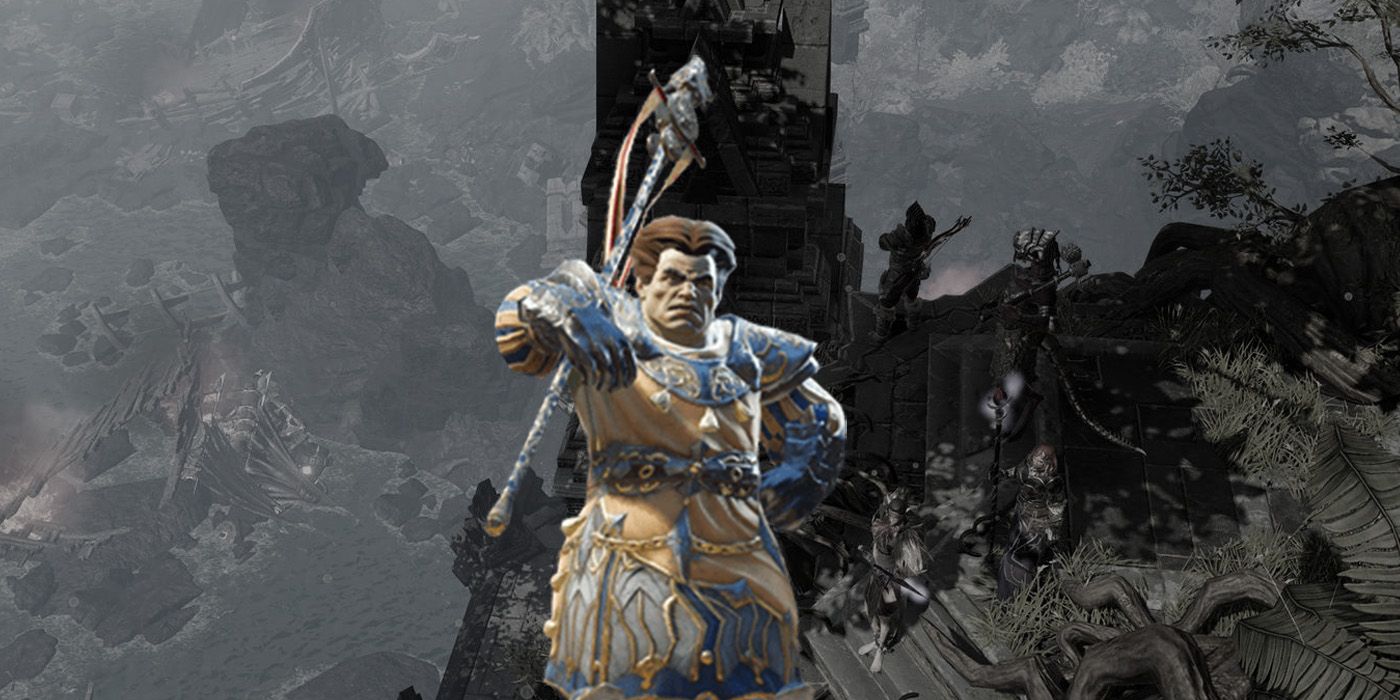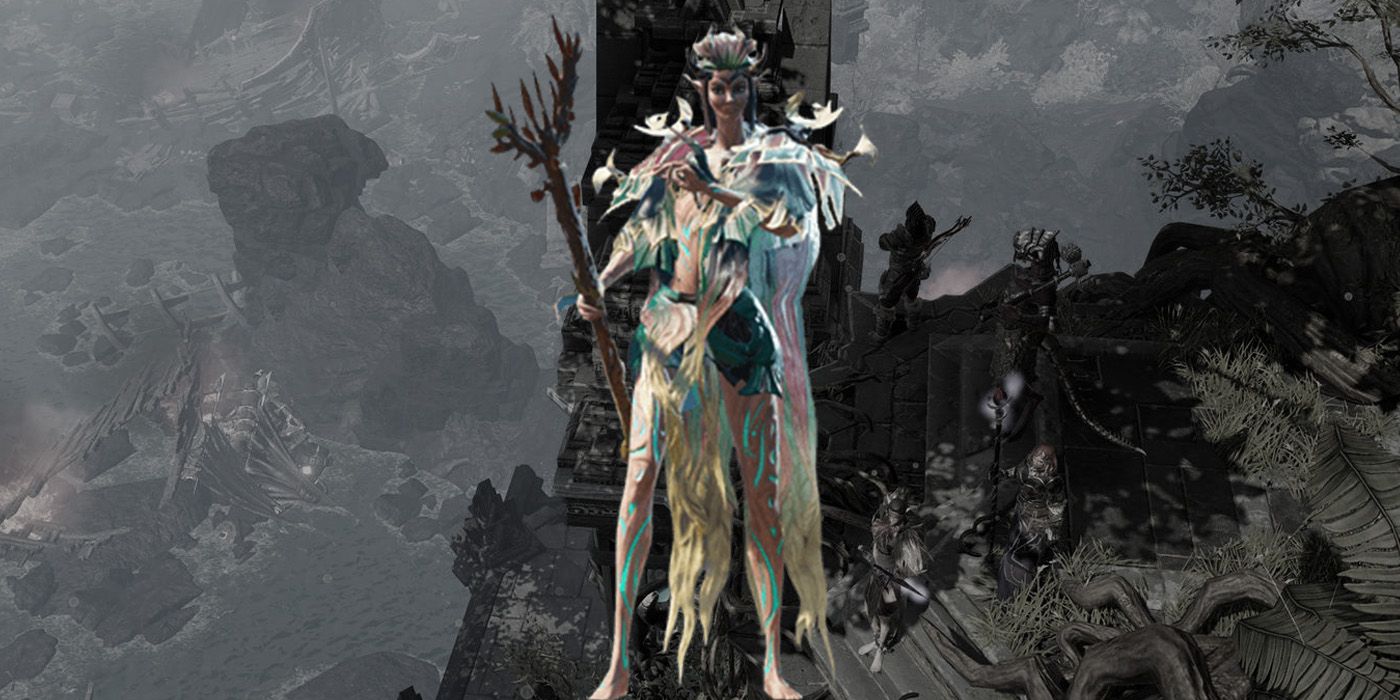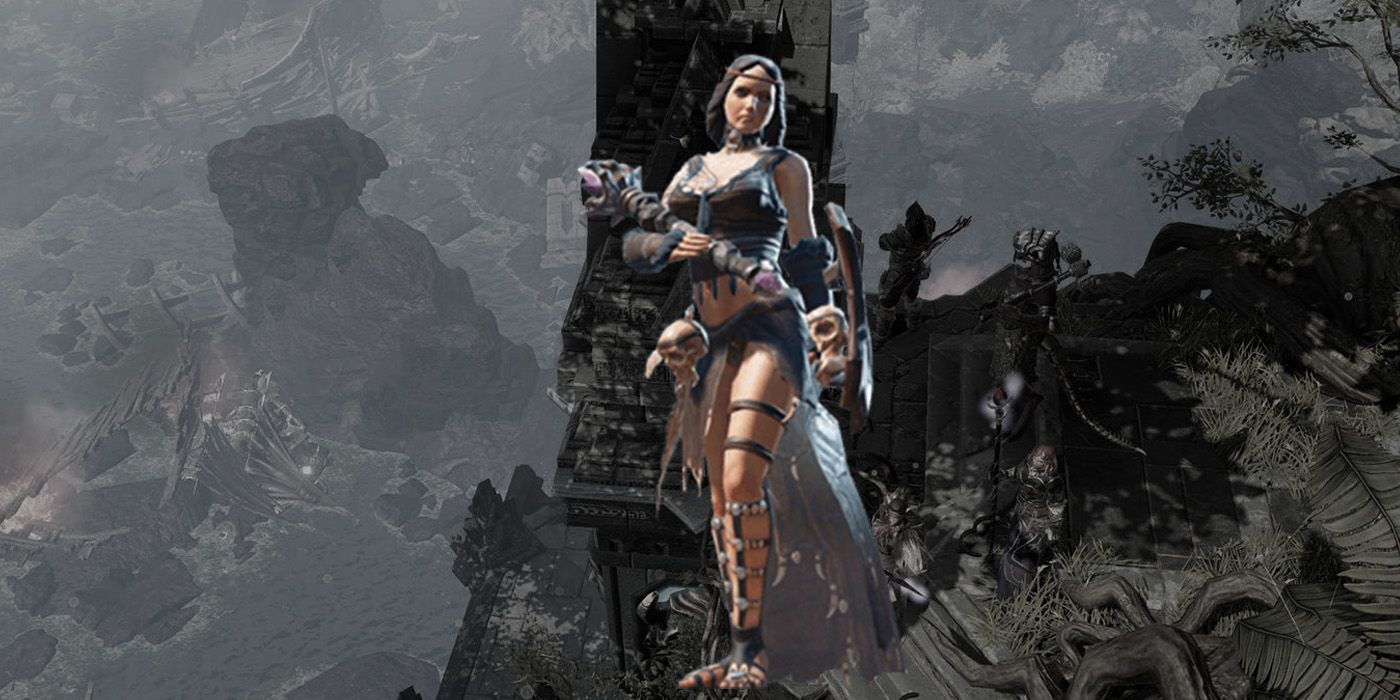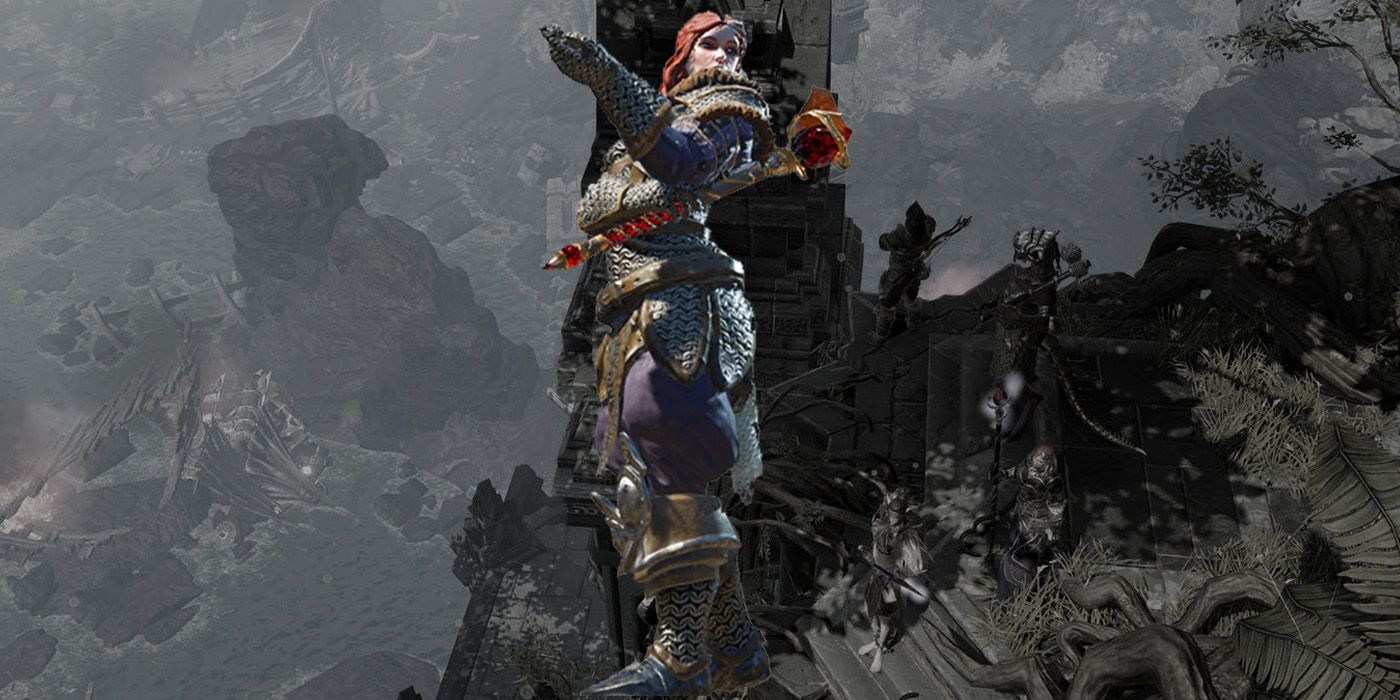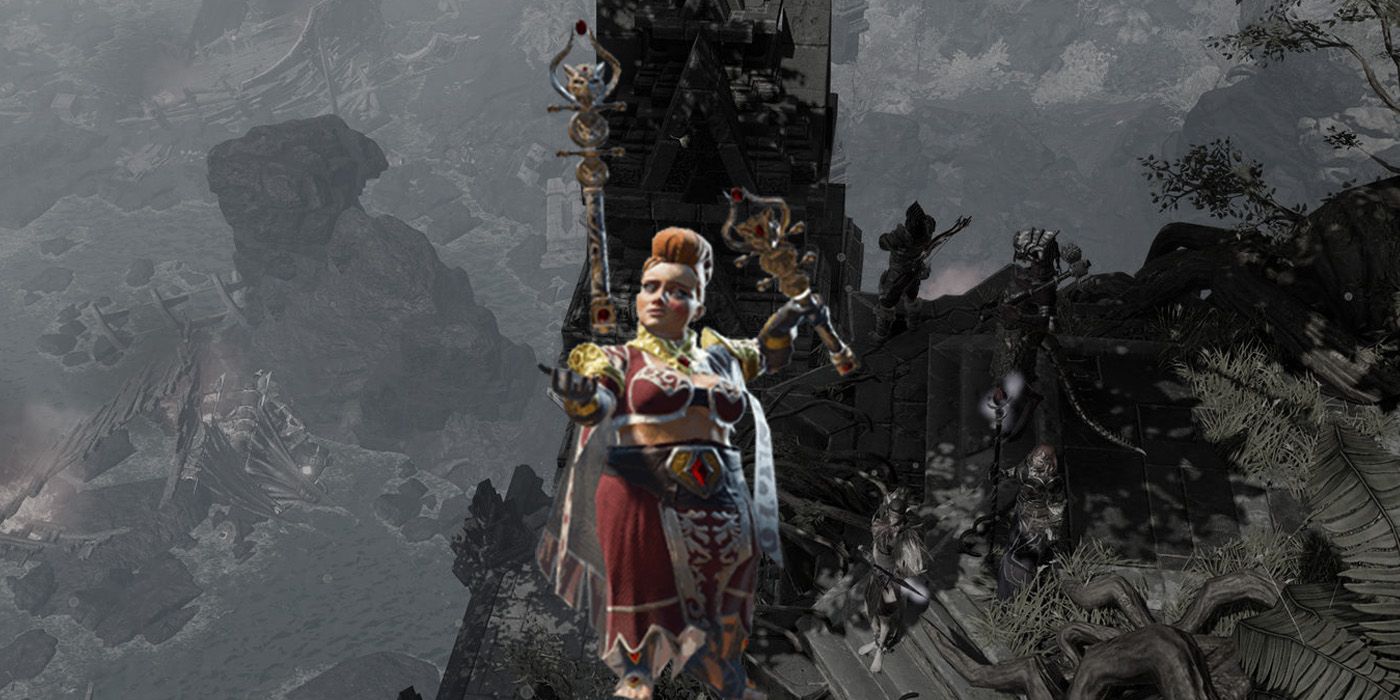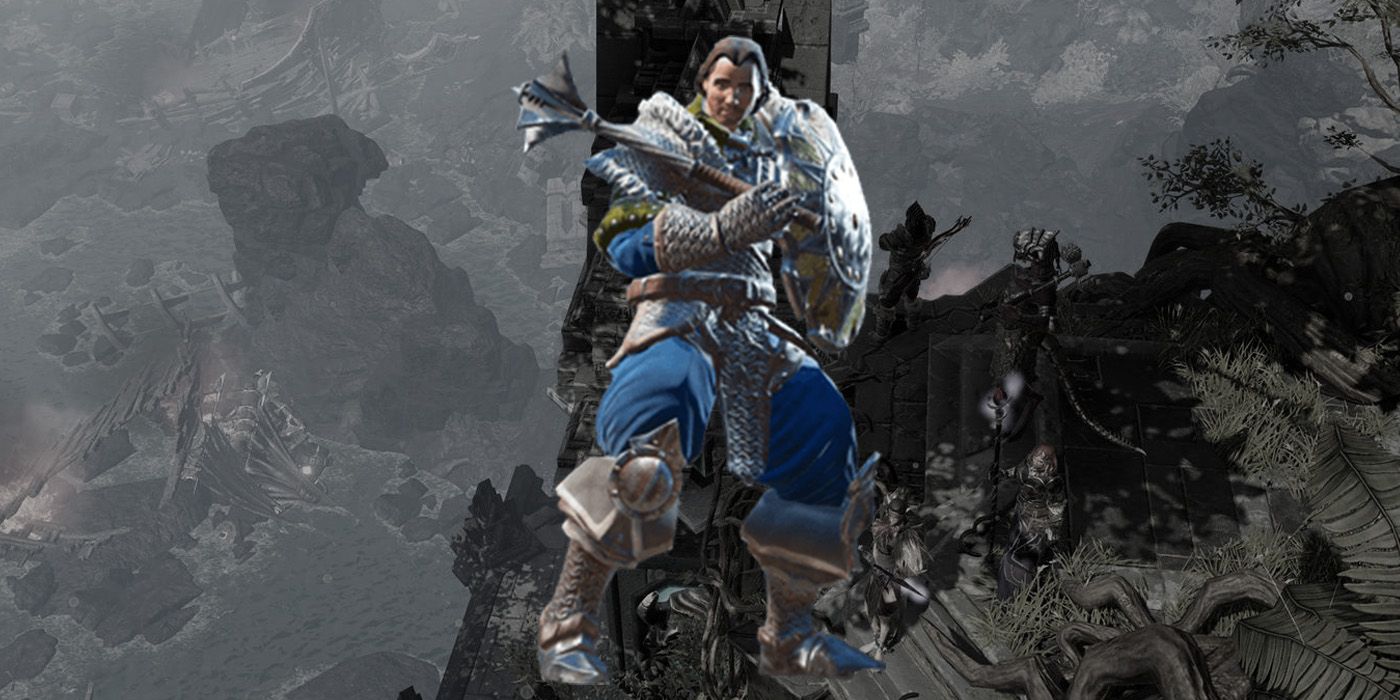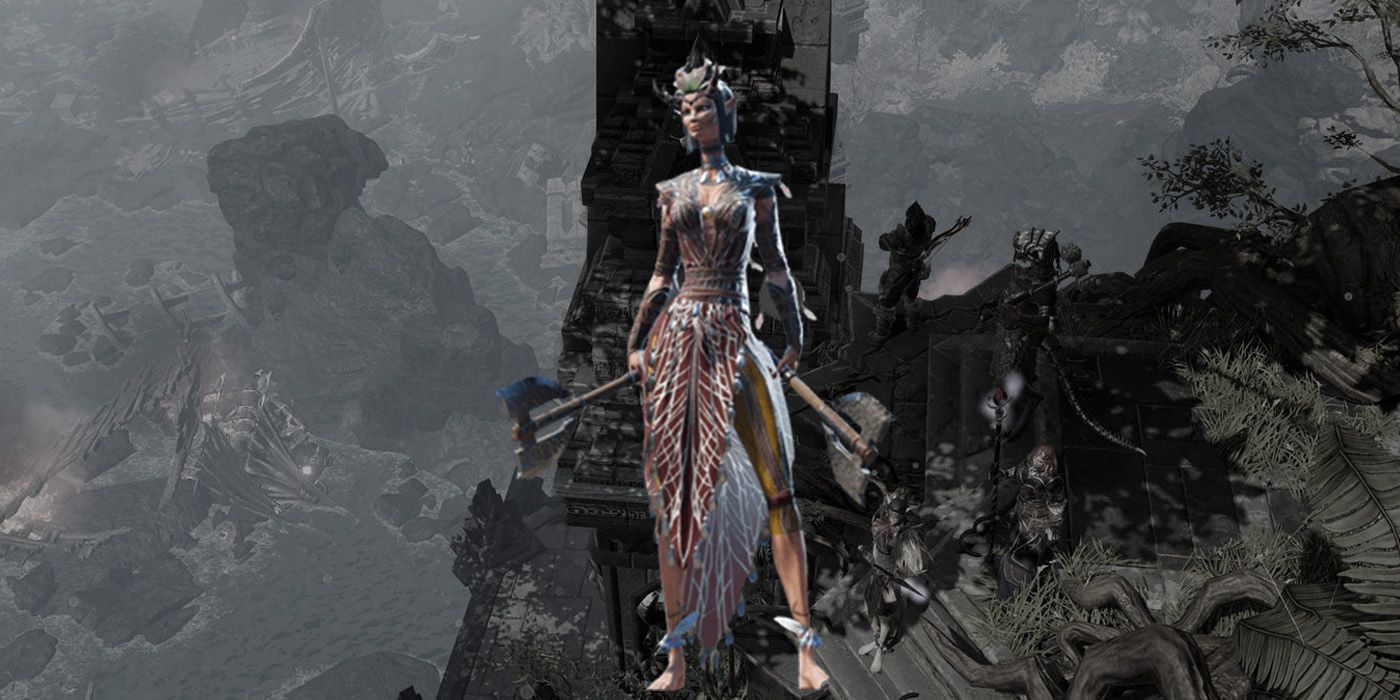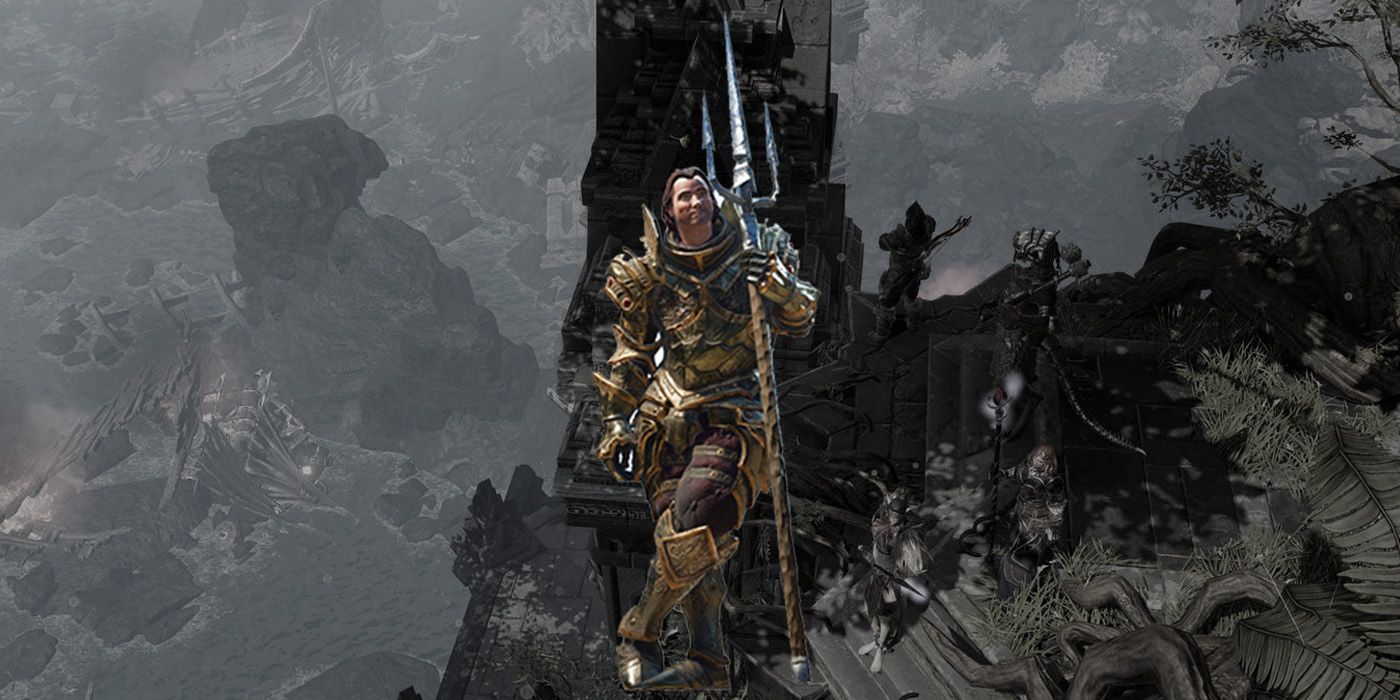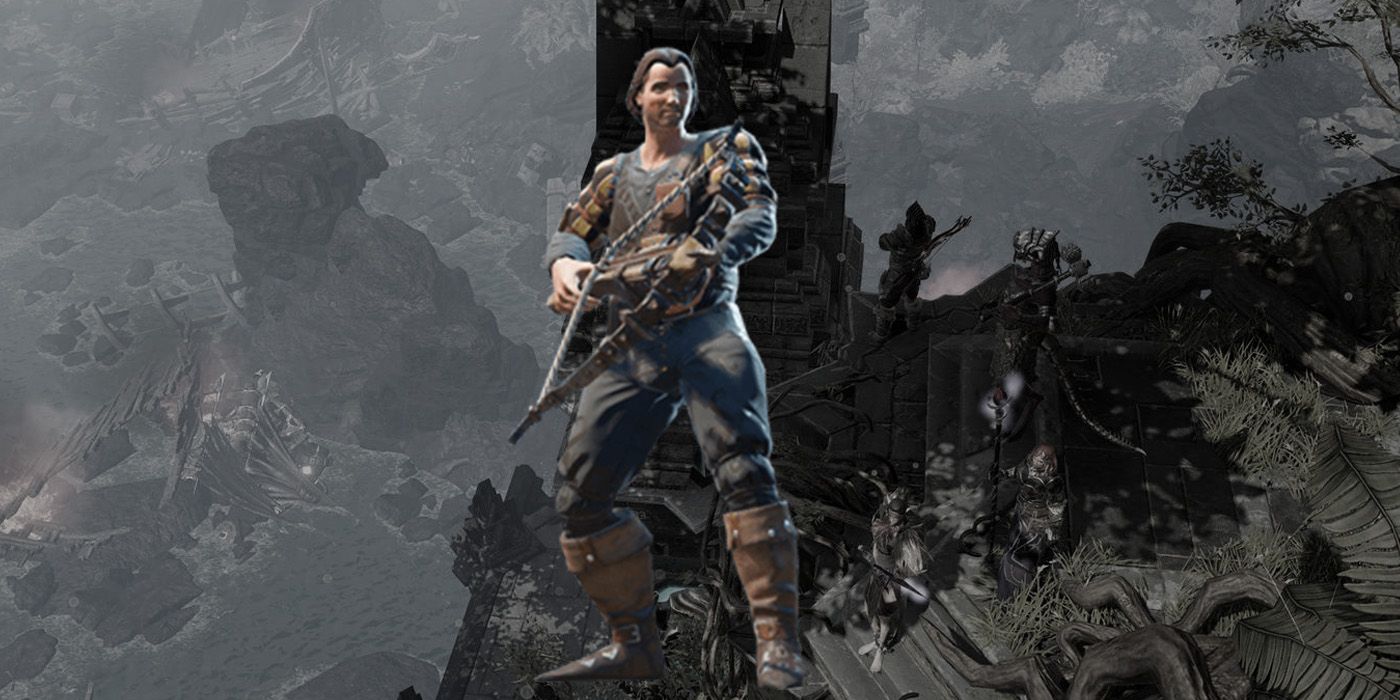RPG fans have a wealth of games to choose from to have an enjoyable experience, but it's Larian Studios' Divinity: Original Sin 2 that remains as one of the most immersive titles to ever grace the genre. After all, Divinity provides players with unique dialogues and story choices, fully-interactive battles, and a fluid growth system. Unfortunately, new players might find all of these quite a bit overwhelming.
Thankfully, the game offers quite an intuitive character creation system for newbies. Additionally, players hesitant to create a character may be able to choose a class that suits their playstyle. Here are some quick introductions to each starting class and what they're capable of.
14 Fighter (Melee)
Players who want a safe melee choice can rely on the Fighter for their 1H-and-Shield specialization. Thankfully, Fortify and Bouncing Shield give the Fighter decent melee and ranged capabilities. Fortify increases their Physical Armor, while Bouncing Shield enables a shield bash to ricochet.
Moreover, their Battle Stomp allows them to attack foes from a distance, enabling them to go for a 2H or dual wield build. Overall, the Fighter is a safe choice for starting players or those in need of a decent melee class.
13 Knight (Melee)
Players looking for a 2H-wielding RPG class can rely on the Knight. While their attacks need more AP, they compensate with decent weapon damage. Moreover, Knights have the Opportunist talent that makes them capable of making stronger opportunity attacks.
Additionally, their Rage skill gives them more speed in the place of resistance and evasion. This skill, combined with Battering Ram, makes them able to take on multiple foes at once. The Knight becomes perfect for parties lacking a sizable melee component, as they easily fill this role.
12 Rogue (Speed)
Unlike the Fighter and the Knight, Rogues devastate opponents in melee combat with sheer speed. They specialize in dual-wielding daggers or weapons implementing backstab mechanics, as they deal more damage when attacking from behind. Moreover, Rogues can use Searing Daggers to attack from a distance.
Additionally, Rogues can deal massive damage in single turns thanks to the Adrenaline skill. At the cost of less AP in their next turn, Rogues can make a number of additional attacks – all of which may devastate bosses or stronger opponents with the right timing.
11 Ranger (Speed)
Opposite the Rogue is the Ranger, a mobility-based class that relies on long-ranged combat. Thanks to their long-ranged specialization, Rangers can offer a wide variety of attacks that can devastate enemies from a distance. Moreover, they start with skills such as Haste and First Aid, enabling them to circle the battlefield much quickly to aid allies.
Rangers become extremely useful to parties lacking a healing component that at the same time needs a ranged fighter. Thanks to the distance component, Rangers can be very difficult to hit.
10 Shadowblade (Speed)
Shadowblades enjoy their Polymorph specialization, enabling them to use Chameleon Cloak to turn invisible or Chicken Claw to transform opponents. These two abilities can make them a very annoying class to deal with. Unlike Rogues, Shadowblades enjoy their magic usage to turn battles to their favor.
Moreover, thanks to Guerilla, Shadowblades get a 10% bonus damage to sneak-based attacks, making them perfect as ambushers. For players confused with their melee DPS class choice, they should pick Shadowblade for the added utility whereas the Rogue makes a good straightforward stealth character.
9 Wizard (Magic)
Wizards easily become the bread and butter of magical offense, thanks to their specialization in Geomancy and Pyrokinetic. Their combination of starting skills Fossil Strike and Pyrokinetic can easily produce a field of fire. Moreover, thanks to this offensive skill-tree, Wizards can devastate opponents quickly with AOE attacks.
Additionally, Wizards possess the Far Out Man talent, enabling them to make actions from much farther ahead compared to their ranged counterparts. This trait adds a much-needed defensive layer to a Wizard's attack strategy.
8 Witch (Magic)
Witches specialize in debilitating enemies over time, thanks to their mastery of Necromancy and Geomancy. Their Geomancy tree gives them starting skills such as Poison Dart and Contaminate to poison opponents and works in tandem with Necromancy's Blood Rain. Both of these skill trees specialize in eliminating Magic Armor and HP from the enemy, and it's going to hurt.
Unlike the Wizard, the Witch works best as a debugging class. Witches should have defensive companions such as Rogue or a Fighter, so the latter can finish enemies after the Witch weakens them enough.
7 Enchanter (Magic)
Enchanters become great support characters thanks to their initial Hydrosophist and Aerothurge specializations. They also begin with the Restoration skill, which heals allies. Moreover, this underrated class possesses Electric Discharge and Hail Strike as defensive attacks. Thankfully, their specialization with Wands further expands their arsenal, as they can provide free spells.
Like the Wizard, Enchanters begin with Far Out Man, which lets them attack from a distance. Overall, Enchanters become great companions for most parties. Moreover, they are capable of identifying equipment for the party, making them useful for treasure hunters.
6 Conjurer (Magic)
Conjurers take the fight to enemies by summoning minions to battle on their behalf. Their initial abilities give them access to totems and Incarnates, enabling them to quickly bolster the party's offensive options. Parties looking for a heavy support role can rely on the Conjurer, and their wide variety of summons makes them ideal for almost any combat situation.
Moreover, Conjurers are able to identify loot and talk to animals, expanding the capabilities of the party to get better equipment and get more entertaining dialogue options.
5 Inquisitor (Mixed)
Inquisitors blend the Fighter and Witch as a close combat mage. They initially start with Critical Blow and Battering Ram, which ensures their melee potential. However, their specialization in the Necromancy area enables them to debilitate enemies with status effects as well.
Moreover, defeating enemies gives Inquisitors an AP boost, enabling them to use more abilities against multiple combatants. Their role as a debuffer melee combatant makes them viable for solo damage roles, and Inquisitors make reliable fighters to hold off enemies from important vantage points without backup.
4 Cleric (Mixed)
Similar to the Inquisitor, Clerics make great close combat magic users. However, they're a combination of Fighters and Enchanters, with their magic component specializing more in healing or defending others. Clerics begin with the Restoration healing spell. However, they can also debilitate foes with Decaying Touch and even steal HP with Blood Sucker.
Moreover, thanks to the Hothead talent, being in full HP gives them a +10% bonus to Accuracy and Critical Chance, making their hits deadlier.
3 Battlemage (Mixed)
Battlemages seem to be a combination of the Wizard and the Knight, giving them the capability of dealing damage at a distance but allows them to resort to melee when necessary thanks to Shocking Touch and Blinding Radiance. However, opponents trying to escape won't make it far as a Battlemage's Battering Ram closes the gap and gives a massive knockdown.
Moreover, the Battlemage is a hard combatant to kill. Enemies landing a fatal blow won't kill the Battlemage. Thanks to Comeback Kid, they instead come back with 20% HP.
2 Metamorph (Mixed)
Metamorphs take full advantage of the perks provided by the Polymorph skill set with the melee capabilities of the Knight. However, where they truly shine is with their transformation skillset. Thanks to various abilities present in transformations, Metamorphs can adjust to almost any battle setting. Their forms can grant them wings, stronger attacks, great defense, or even better mobility.
Moreover, thanks to their 2H-combat specialization, they can easily take advantage of spears and staves to put on a fight in melee should the need arise with the potential bonus spells.
1 Wayfarer (Mixed)
Wayfarers are hybrids between Rangers and Wizards. As such, they're able to use their ranged attacks in conjunction with the environmental perks of the Geomancy skill tree. They can easily position a fire arrow over an oil field caused by Fossil Strike, which can then make a hell zone for opponents.
Moreover, Wayfarers can easily navigate the battlefield thanks to their range and mobility. They can make great support combatants or ranged DPS, depending on the need of the situation or of the party.


